The standard country garden consists of common berry and fruit trees: plums, cherries, pears, apple trees ... please the children and dilute the usual set will help landing the mulberry. Thanks to this unique plant, your children and grandchildren will have a lot of memories of childhood: Mom's swearing for black hands, dark spots on clothes and climbing around the tree in search of snacks.
Mulberry, variety
Mulberry Berry has about 120 species of plants. Distributed in Central Asia, China, Japan and India. It is considered a valuable medicinal fruit plant. We got the spread of white and black mulberry.
- Mulberry black - he received the greatest spread in Southwestern Asia. The tree brings fruit dark black. Cultivated in the southern regions, since it does not tolerate frost.
- White silky is common in East Asia. According to taste, it is largely inferior to black. Early grown only for the sake of the leaves, which were used as food for a tute silkworm.
In the 17th century, Russian masters opened the secret of producing natural silk and mulberry tried to grow in Moscow. Since the mulberry badly tolerated frost, the experiment failed. Selectors over time created a frost-resistant silky, which is now so common in our country.
Mulberry, description and features
The tute tree has an interesting feature - sexual organization. This plant can be:
- one-piece;
- dwarm;
- three-dimensional.
On one tree can simultaneously meet both female and men's plants and obo-drop inflorescences. Combinations depend only on the variety. Mulberry practically does not occur the formation of the fetus without fertilization. It is also very rare to education in one inflorescence of female and men's colors.
Female black mulberry silk flowers and small. This allows you to distinguish the fruiting trees from male pollinatol plants. Recent flowers form earrings.
Landing silky
Mulberry loves wind protected and well-lit places. For landing, it will be ideal for driving, loose, sandy and samp soils. The landing can occur in April or early in autumn. The landing pit should have dimensions of 60x80x80 cm. It is powered by a compost, fertile soil or humus with fertilizers. Mulberry to buy saplings of which can be on the market, landed in the center, the roots are spread, the earth is sprinkled and tamper. The disembarkation is completed with abundant irrigation and mulching.
When to plant a silk
For mulberry, the optimal time for landing is April or September-October. Landing the Mulberry is most often produced in the fall, it allows our climate to spring to test the plant for stability to variable weather conditions. If the Mulshnik will survive the winter, then it will live for another 150, unless of course the plant will not bother the owner of the garden.
Mulberry, Growing and Care
- The cultivation of mulberry requires the gardener of the fulfillment of the usual procedures: soil loosening, watering, the removal of grass, timely feeding, protection against pests and diseases, trimming.
- This tree can grow up to 25 meters in height, but for a cottage garden should be formed the crown so that the tree does not exceed 3 meters. Vintage can be obtained already on the 5th year of planting. A 10-year-old tree on average gives 100 kilograms of fruits.
- The plant can be self-polished (have in 1 inflorescences on one tree and female and men's inflorescences) or have a male and female plants, depending on this a couple of trees (female and male) or one is planting.
- Mulberry is often used in landscape design due to good survivability and beautiful fruiting. It looks equally well, both in the form of a living hedge and in group landings. Mulberry photo of which is shown below will be spectacularly looked at any garden.
Mulberry fertilizer
A young seedling is quite enough nutrients entered into a pit during landing. When the tree begins to be fruit, the need for additional nutrition will increase. This is especially necessary on sandy soils. As soon as the soil flashes, you can make nitrogen fertilizers or use bird litter. If necessary, re-feeding can be made in early June. In the fall, phosphoric and potash elements are made.
Watering silky
Mulberry watering in order to increase frost resistance from spring and to middle summer. note attention to water the silk can only in Hot, arid weather. With rainy spring, the tree is not recommended to water at all.
Mulberry breeding
In the reproduction of mulberries, such methods are used:
- seminal;
- pile;
- vaccine.
Mulberry breeding seeds
This is the easiest way to propagate any kind of silk. To do this, it is necessary to take a handful of matured full-fledged fruits, place them any capacity and put before the fermentation in the sunny place. Next, the seeds are wiping around with their hands in the water, the rising cap from empty shells must be merged. Seeds are poured again with water, skipped through fine sieve. Mass should be wiped until you get freed from meakty, clean seeds. They need to be dried and stored until spring in a dry place.
Seeds fall in April into fertile soil to a depth of 1 centimeter. Planting need regular watering. Delicate landings are thinned and left for 2 years to grow.
Mulberry breeding with green cuttings
Green drawing is the best way of summer breeding of mulberry. In June, a few cuttings with 2-3 kidneys are cut from a healthy, intact herbaceous escape. Lower leaves of mulberries are removed. The cuttings are planted to a depth of 3 centimeters to a greenhouse under a light film.
The plant needs moderate watering, frequent ventilation and feeding with mineral fertilizers. A sign that the cuttings have rooted new shoots. Mulberry seedlings grown in this way are a 100% copy of the parent plant.
Mulberry reproduction by half-resistive cuttings
In July, the tree of mulberry multiplies with cuttings with non-Donets of rided wood, but not soft. Growing the same as with green stallion. In this case, the shilling time will be a big one and a half months.
Mulberry reproduction with weathered cuttings
In this method, already wondering the shoots of a variety of healthy plants taken from the tree crown are used. The cuttings are harvested in a leaf fall and planted into the prepared bed. The cutting should stick over the surface of the earth for 5 centimeters. In this form, the plant is left for 2 years, after which the strengthened seedlings are transplanted to a permanent place.
Mulberry reproduction with top vaccine
Mulberry can be vacated by any known way. High popularity enjoys the vaccination with a cutlery on the cut. Upper vaccination can be made in winter indoors or early spring.
Grinding silky
So that the tree evenly grew, pleased you with delicious fruits and the versatile developed after it needs to be careful to care. The formation of crown and trimming is the most important moments of care. This procedure should be treated very responsibly, as it is not necessary to do without certain skills and knowledge. It is impossible to crop all the branches in a row, you should know how much where and how hard to cut.
When to cut a mulberry?
Like any other tree, the mulberry is cut in a period of partial or completely rest. This allows the tree is not so painful to transfer the operation. Trimming is recommended in April and March. The main condition is 0 this air temperature, which must be more than -10 degrees. Sanitary trimming is made later. In the fall, the tree is getting rid of damaged pests, patients and dried branches.
Cutting mulberry in varieties
The process of cutting the silk is practically no different from circumcision of other trees. However, some varieties have their own characteristics.
- Mulberry Stammer is cut to create and maintain the most effective form of plantation. This is a long barrel without branches and leaves, which is located a thick root hat-ball. This form is created only artificially with the help of vaccination and trimming.
- Mulberry wrapped cuts for thinning. The branches of patients, durable, weak and thickening crown are cut off. This kind of silk is not afraid of severe trimming. Even too cropped branches will continue to be well fruit and develop.
- Decorative mulberry needs constant trimming. This variety is delighted thanks to the originality of the shape and beauty that must be constantly maintained.
Cut the silky to the right
Inexperienced beginner gardeners usually admit a lot of cropping errors. Consider the main rules trimming:
- You can not use rusty and not sharpened tools. Thus, you will apply only harm to the plant.
- Dates of the cutting of mulberry are invented not from the stream if you go to get a healthy tree - choose the appropriate season.
- Cutting off the branches, be very neat, because you can remove a healthy fruit-minded branch without distinguishing it from a sick or superfluous.
- The branches should be trimmed correctly - without throwing the crust and leaving discovering hemp.
- It is impossible to handle sections with oil paint or garden decoction. This will not affect the acceleration of wound healing, but only aggravates the process. Everything should happen naturally.
Mulberry diseases
Excess / lack of fertilizers and adverse weather conditions enhance the effect of pathogenic factors. Possible lesions of mulberry include:
- brown spotting leaves;
- music Rosa;
- curly melligence;
- bacteriosis;
- root rot;
- thump damage.
Fungal damage to mulberry
Malinous dew is caused by fungus and striking the tree exclusively during the period of droughts. The main symptom is a painful white flare. It appears in a separate area and gradually infect shoots and leaves. The development of the disease contributes to the thickening of landings, lack of moisture.
At the initial stage of the silvan disease sprinkles with a systemic fungicide, re-processing is performed after a week. For prevention, it will not be superfluous to carry out antifungal treatment of early autumn. To do this is used:
- oxygen sulfur suspension;
- fundazol;
- bordeaux liquid.
An effective way of prevention is the burning of the lodge leaves in the late autumn.
Mulberry suffers from drone spot, which is caused by fungus. The disease is manifested in the form of red-purple spots on the leaves. A strong damage causes the formation of holes and yellowing of the leaves. To combat the disease, you should collect and burn fallen leaves, as the causative agent in them and the winter. For prophylaxis, a spraying of 0.1% silita solution is used, which is repeated 1 time with a frequency of 2 weeks. The procedure should be carried out before the swelling swelling. At least 3 liters of the drug should be spent on one tree.
Curlyness and bacteriosis Mulberry
Curly melligence significantly reduces the yield of mulberry. This viral lesion is distributed by insects. On sheet veins, grainy nodesiness and wrinkle appear. Leafs decrease in size and folded. The number of young shoots is significantly increasing, but they look deformed and weak. Frawable leaves become rough, brittle and losing paint. Treatment does not exist.
Bacteriosis affects leafy plates and young shoots of mulberry. The disease is accompanied by stains with incorrect outlines, which in the end are black. These leaves are twisted and fall out over time. The affected shoots are covered with brown spots and deformed. For treatment, Gamiir and Phytoflavin are applied. But not always fungicides can overcome the disease.
Damage to the wood of mulberry gum and mulberry
With mechanical damage to the cortex of the mulberry, gum stands out. This is a succulent sticky mass with a tight consistency. The damaged area is cleaned and disinfected with 1% copper sulfate solution. After that, the surface is treated with a mascara of sinding ash and nigrol.
Mulgarian loves to settle on this tree. It destroys wood that destructively acts on the trunk. The spores of the mulberry penetrate the tree through various damage to the tree. Having revealed the body of the fungus, it is cut with a part of the tree and burns. Open surface is processed by copper vigor. The affected place after that is neatly embarrassed by a special smear of cow's manure, lime and clay or garden booth.
Putting a mulberry, you are guaranteed to provide your children and grandchildren by the reserve of berries. After all, depending on the grade, the tute tree is capable of living about 300 years. We wish your plant to get along and turned out to be a woman.

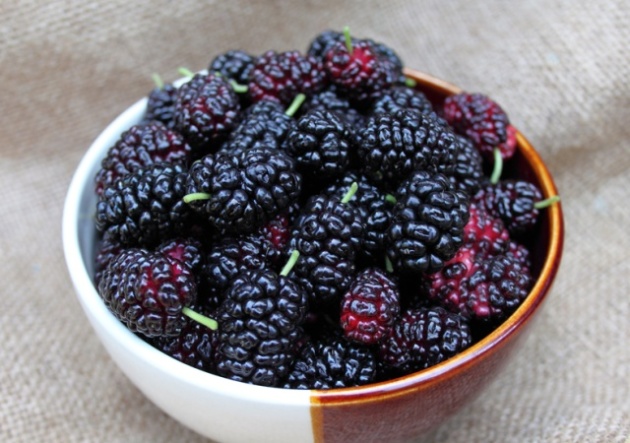
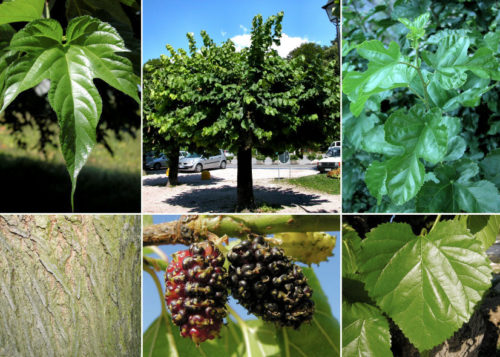
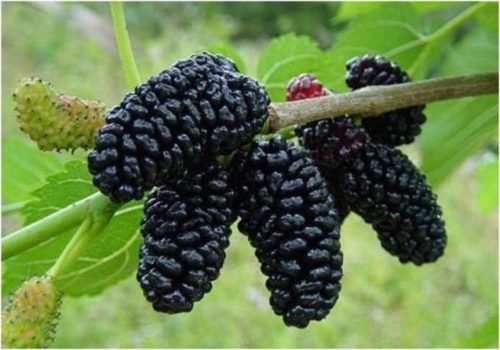
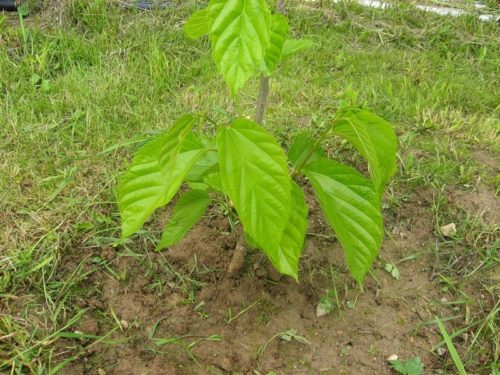
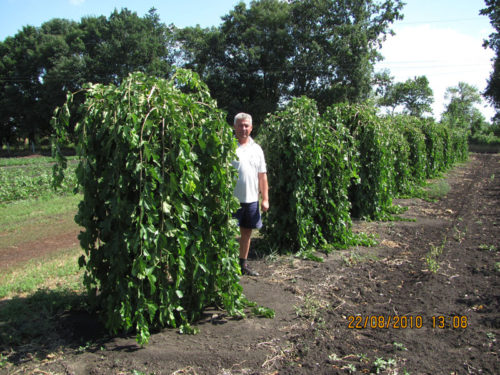
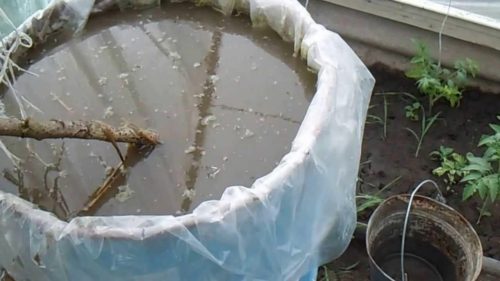
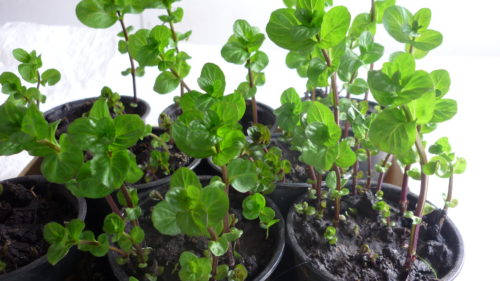
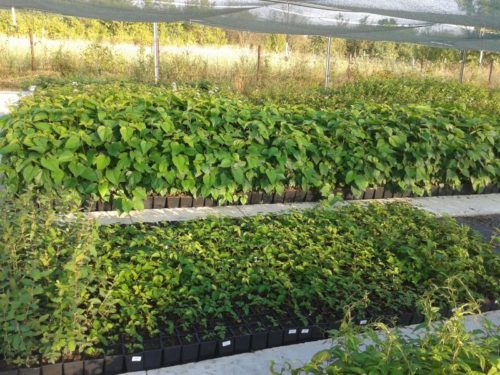
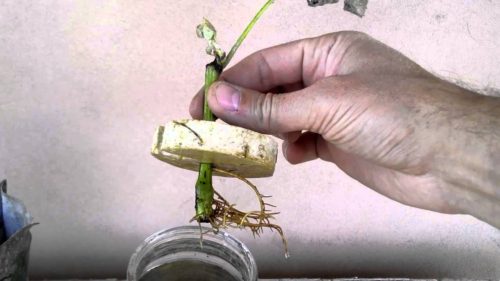
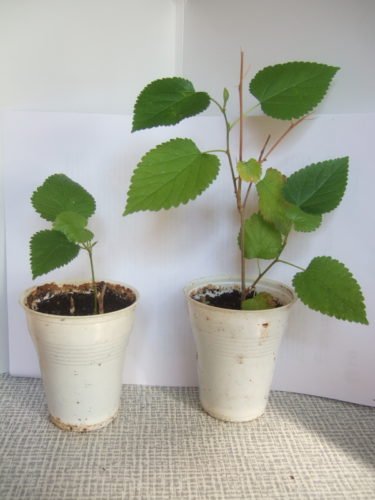
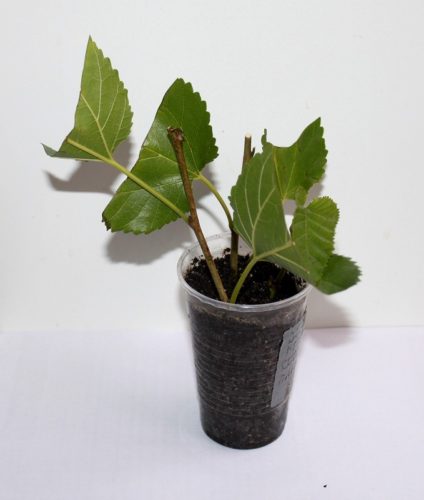
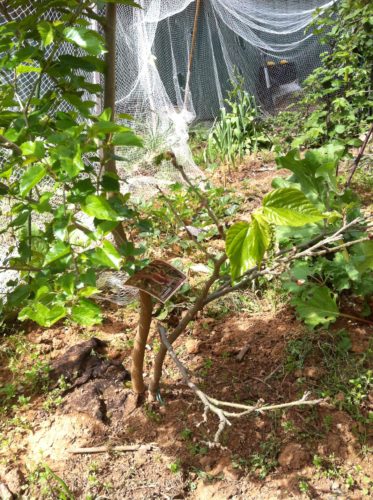
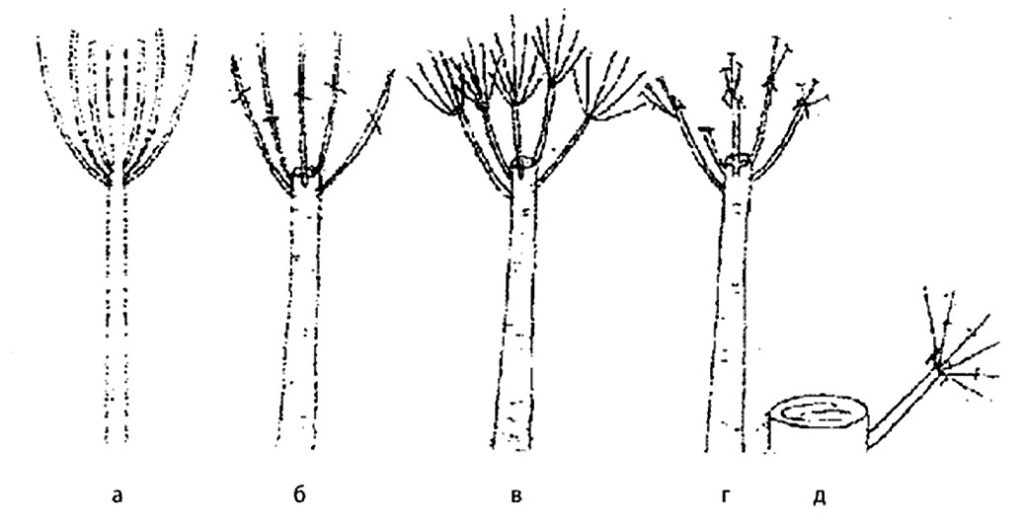
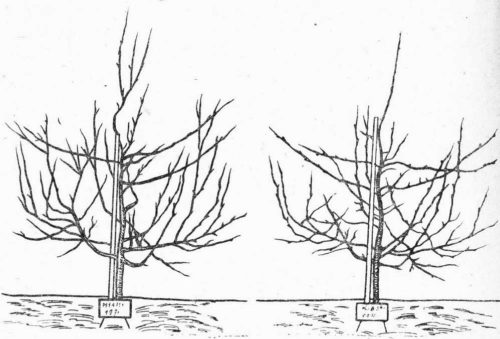
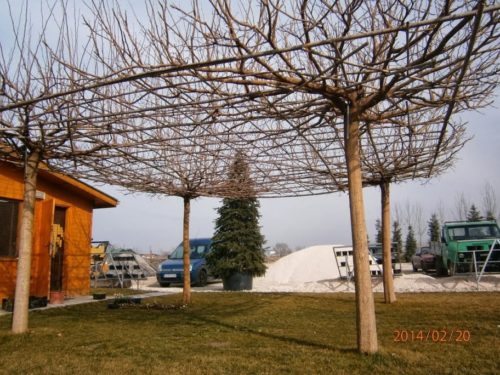


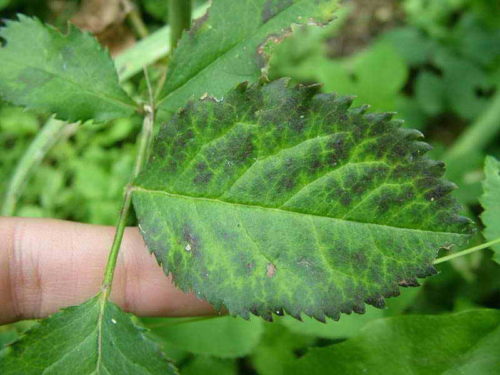
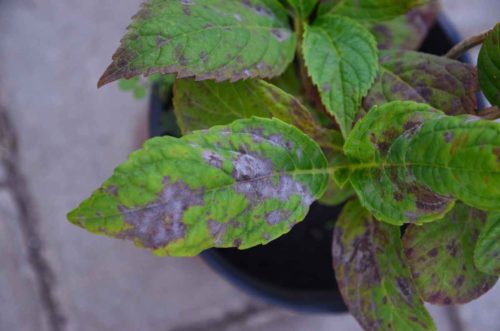
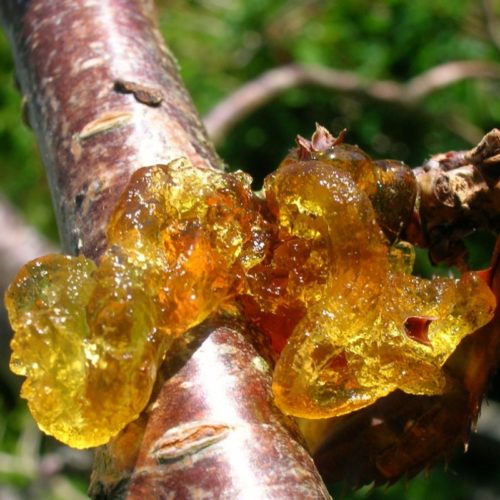












 Start a discussion ...
Start a discussion ...